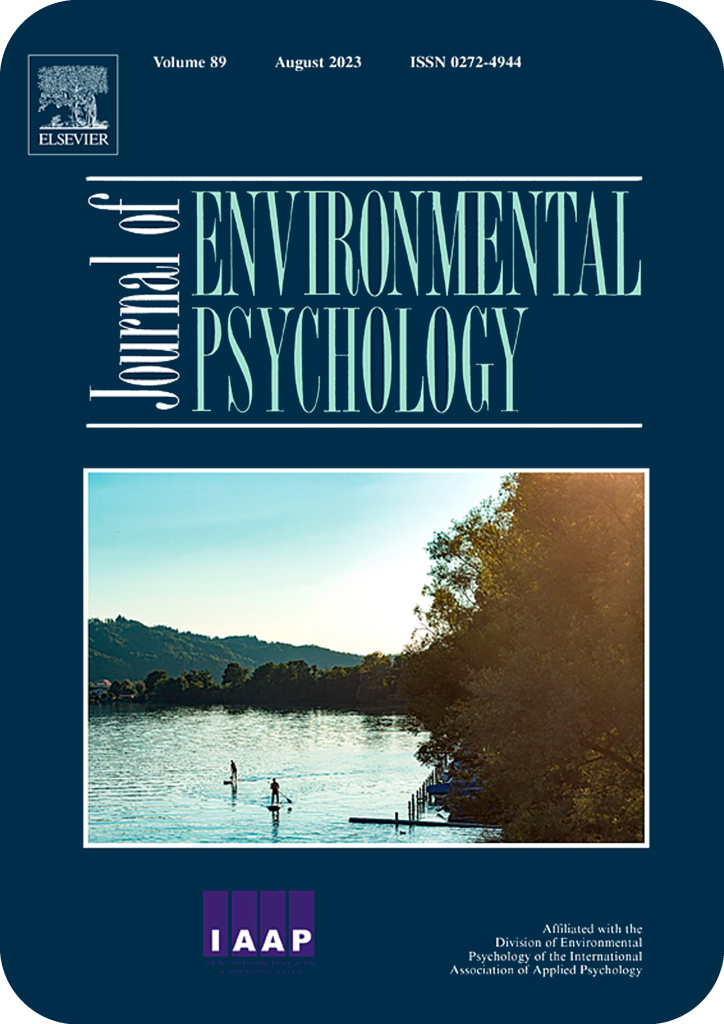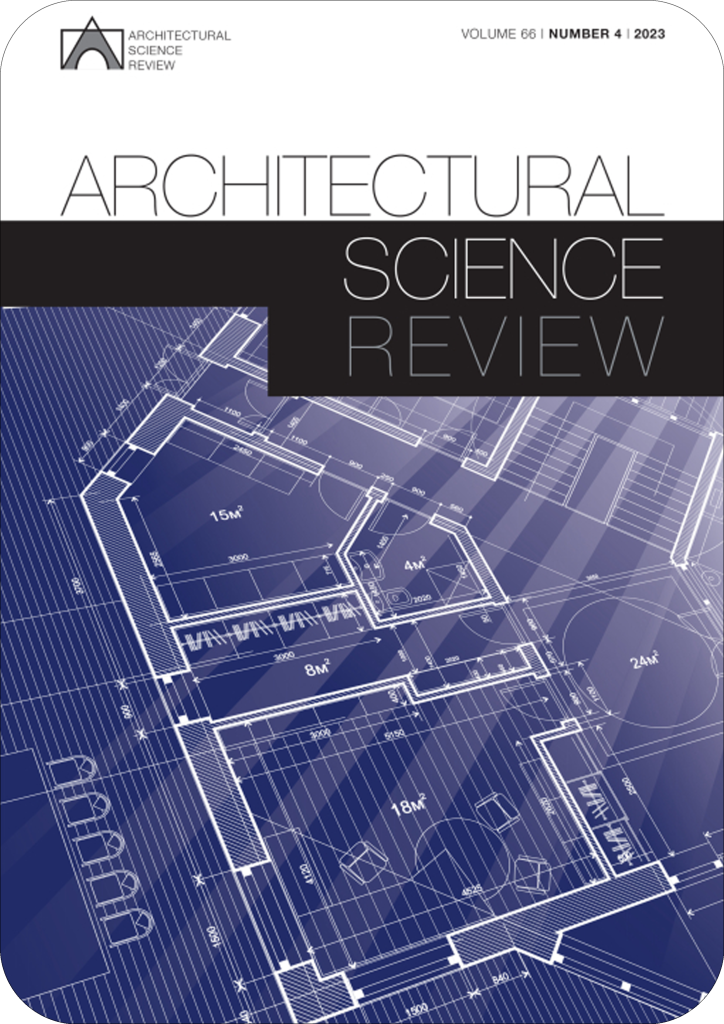
Abstract: The work reported here is a contribution by the authors to the search for reliable metric method for spatial evaluation, related to human perception of ‘openness’ and to the development of evaluation tools for urban planning and design. A recent innovation, the ‘spatial openness index’ (SOI), a quantitative index, based on a three-dimensional visual analysis of space is applied here. This approach reflects the hierarchical order found in the urban environment: dwelling unit, building, neighbourhood, etc. This index expresses oppenness to natural light, air, and near and distant views, for each level in the hierarchical order. At the basis of this work is the assumption that the SOI is correlated with the ‘perceived density’, evaluated by people responding to alternative spatial configurations. A preliminary indication test was carried out in order to justify this assumption. In this test, groups of spatial configurations with equal built masses were ranked both by their calculated SOI and by statistical analysis of perceived density evaluated by participating individuals. Good agreement was found between pairs of results obtained for most of the spatial configurations.
more papers


